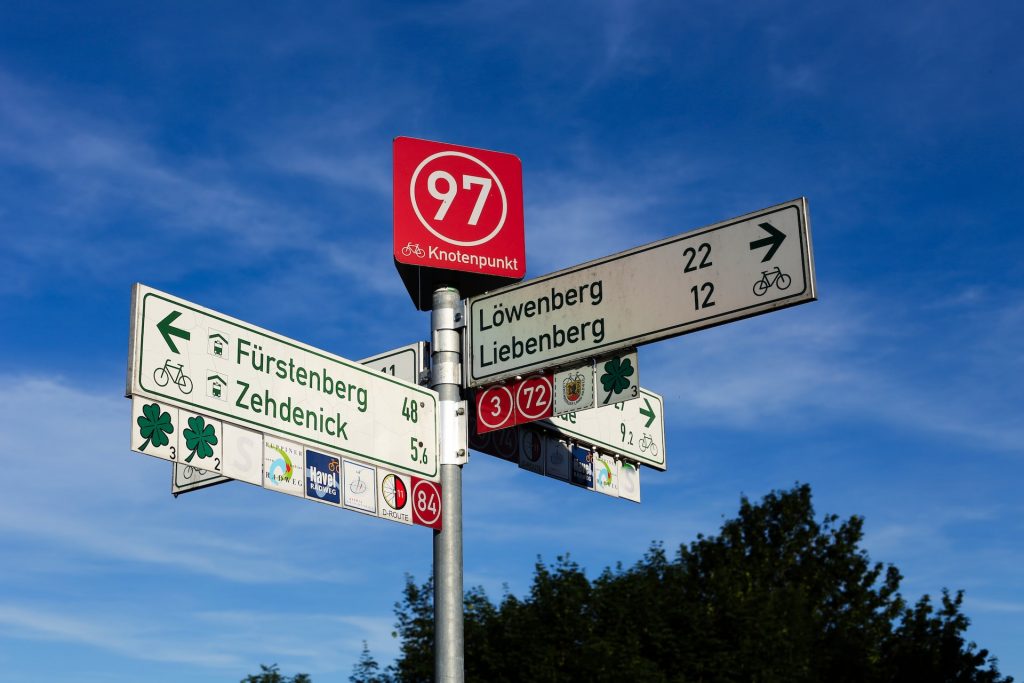When most people think of Germanic languages, they think of Germany. But the fact is, these languages are spoken all over Europe. In this article, we will take a closer look at where in Europe the Germanic languages are mostly spoken. We will also explore some of the similarities and differences among these languages.
What are the Germanic languages and where are they spoken?
The Germanic languages are a branch of the Indo-European language family. They include some of the major languages spoken in Europe, such as English, German, Dutch, and Swedish. These languages are all closely related, with many similarities in grammar and vocabulary.
The Germanic languages are mostly spoken in northwestern Europe. This includes countries like Germany, Austria, Switzerland, and Lichtenstein. However, Germanic languages are also spoken in other parts of Europe, such as the United Kingdom, Denmark, Norway, and Iceland. Additionally, Germanic languages are also spoken in some parts of Africa and Asia.
While the Germanic languages share many similarities, they also have some significant differences. For example, German and Dutch are both Germanic languages, but they are not mutually intelligible. This means that someone who speaks German will not be able to understand Dutch, and vice versa. However, someone who speaks English will be able to understand both German and Dutch, as English is also a Germanic language.
The history of the Germanic languages
It is generally agreed that the Germanic languages as a whole descended from a common ancestor, Proto-Germanic. This ancestral language was spoken by the Germanic tribes who settled in central and northern Europe in the first centuries AD.
The Germanic languages are divided into three major groups: West Germanic, East Germanic and North Germanic. The West Germanic languages include English, German, Dutch and Yiddish. The East Germanic languages are no longer spoken, but they include Gothic and Vandalic. The North Germanic languages are spoken in Scandinavia and include Danish, Norwegian, Swedish and Icelandic.
Some Germanic languages are spoken in other parts of Europe as well, such as French (which has a Germanic-based dialect called Alsatian), Dutch (in Belgium) and German (in Austria, Switzerland and Liechtenstein). There are also Germanic-based creole languages, such as Pennsylvania Dutch and Afrikaans.
German is the most widely spoken Germanic language, with over 100 million speakers. It is official language in Germany, Austria, Switzerland, Liechtenstein and Luxembourg. It is also an official or co-official language in some regions of Belgium, Denmark, France, Italy and Poland. German is a minority language in many other countries, such as the Czech Republic, Hungary, Russia, Slovakia and Slovenia.
How do dialects differ among Germanic languages?
The Germanic languages are a branch of the Indo-European language family. There are many different dialects of Germanic languages, which differ among themselves in terms of grammar, vocabulary, and pronunciation. The main difference between the various Germanic dialects is in their treatment of vowel length. In some dialects, such as English, vowels are always pronounced the same way, regardless of whether they are long or short. In other dialects, such as German, vowel length is a distinctive feature. This can lead to confusion for speakers of English when they try to learn a Germanic language that uses vowel length as a distinguishing feature.
In terms of grammar, the main differences between the various Germanic languages are in their verbal inflection. English has very little inflection of verbs, while languages like German and Dutch have a much richer system of verb inflection. This can make it difficult for English speakers to learn a Germanic language that uses verb inflection, as they will need to memorize many different forms of each verb.
Finally, the pronunciation of Germanic languages can vary widely depending on the region where they are spoken. In some areas, such as Scandinavia, the Germanic languages are spoken with a distinct accent that can be difficult for English speakers to understand. In other areas, such as Germany, the Germanic languages are spoken with a more standard accent that is closer to the English way of speaking. This can make it easier for English speakers to learn a Germanic language that is spoken with a standard accent.
Overall, the main differences between the various Germanic languages are in their treatment of vowel length, grammar, and pronunciation. These differences can be difficult for English speakers to overcome when learning a Germanic language, but with some practice or using some German language services it is possible to become proficient in any of these languages.
Conclusion
The Germanic languages are spoken in many different countries throughout Europe, with the largest concentration in Germany. Other countries where Germanic languages are spoken include Austria, Switzerland, Denmark, Sweden, Norway, and the Netherlands. There are also Germanic speakers in other parts of Europe, such as Iceland, Finland, and Estonia. In total, there are around 300 million Germanic language speakers in Europe.
